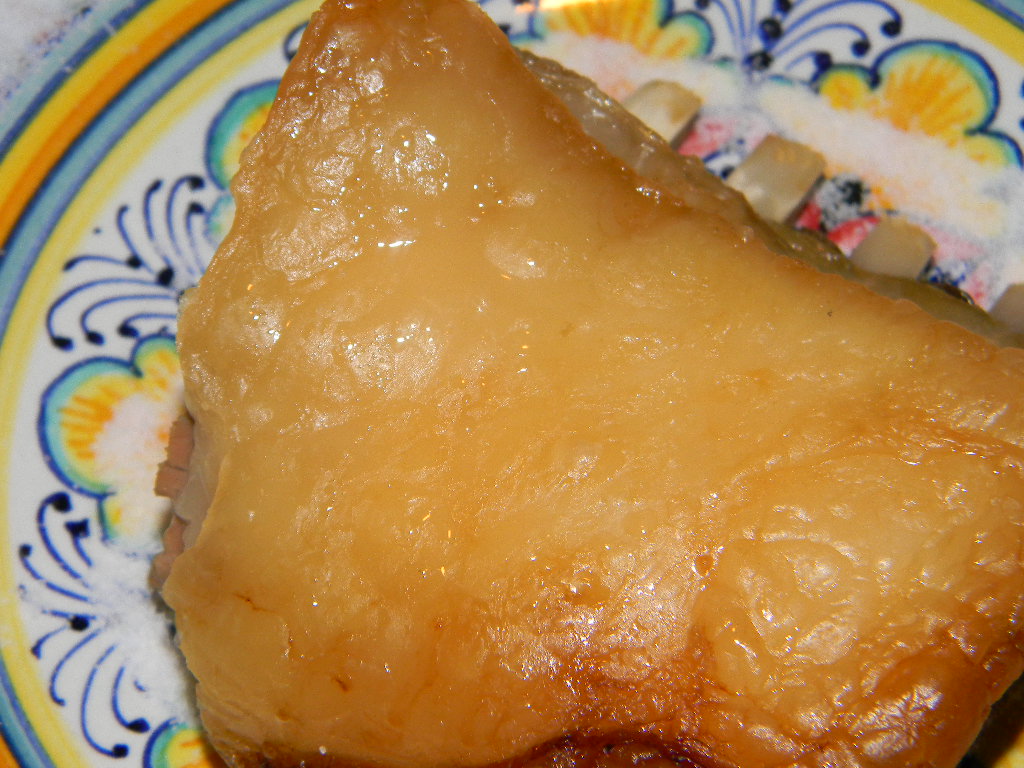Many people following the carnivore diet will just add butter to meats that are too lean. But butter does not work for me, nor any dairy. I do not do well with pork, poultry, or eggs. I also cannot use tallow or plant fats. That just leaves marrow fat, which is wonderful, but expensive!
So I try to find meats and fish that are naturally fatty enough to be within the ketogenic ratio on their own. That means most cuts of lamb or mutton; a few cuts of beef such as tongue, oxtail, brisket with fat cap, sweetbreads, and some ground beef; and some fatty fish with their skin on: Atlantic mackerel, sanma, black cod, eel, salmon, or also cod liver.
Another important part is to cook the meats to try and retain as much of the fats as possible. For example, grilling can be bad, because it can cause a loss of fats as the fat drips down onto the coals. Or using something like the George Foreman grill is bad too, because it is specifically designed for the fats to be drained out of the meat.
I often cook fish on a tray in the toaster oven. There is some oil that ends up lost on the tray, but not too much, and I try to drizzle it over the fish as I am eating it or dip it.
When I eat ground meat or canned lamb that has the juices and fats in it, I will cook it in a saucepan and re-incorporate the fats back into the meat like a rillette. I have mentioned rillettes before in this blog, but for those who are unfamiliar, a rillette is kind of like a pate' or meatloaf, with shredded meat and its fat. It is often served spread on bread, but of course I do not use bread. I store it in a glass container in the refrigerator and then cut a slice which I might just eat cold or room temperature so as to not have the fats run out when heated.
I have been cooking my red meat cuts in an empty slow cooker overnight. That allows for the fats that are attached to the meat to get nice and crispy and golden. However, there is a good deal of fat in the juices as well. I have been just setting the juices aside to let the fat coagulate and then throwing it out so as to not put it down the sink drain. But I am considering trying to make a rillette with those cuts too. After slow cooking, I would have to pull out all the bone and gristle, then tear the meat apart like pulled pork, and then incorporate the meat back together into a storage container along with the fat. Maybe I'll try that with my next lamb roast!
Another idea I had was to get a meat grinder and grind the meat from my roasts before cooking, and again make a rillette with the ground meat.
I'm looking forward to trying these options! It feels so good to have those fats. Not only are they so much more satiating, but my brain seems happier to have them too! Kind of lights up when I get a good bite of fat.
I have stocked up on marrow fat too, to eat with cuts such as organ meats which are just too lean on their own, even cooked in the slow cooker with their retained fats. Marrow fat is so delicious! I just roast the marrow bones on a tray in the toaster oven, and then pull out all the marrow fat with a skewer or marrow spoon, and store in the refrigerator in a glass container along with any oils left on the pan. Then I just cut off a small block and eat it cold alongside my lean meats. It's really good and creamy, like a piece of white chocolate!
Also, I wanted to give an update on plastic-free alternatives I have been using. I've mentioned that I use The Keeper rubber menstrual cup in place of disposable products, handmade bar soap in place of body wash or liquid hand soap, coconut oil for deodorant, baking soda for toothpaste, Bon Ami for cleaning dishes and around the house, diluted vinegar for cleaning glass surfaces. These items all come in fully recyclable containers made of paper, glass, or metal.
Recently I have been using reusable beeswax cloths for bringing my meat to work for lunch! Works great and even provides its own "plate". Really cool, lighter weight and less bulky than the glass containers I had been using!
##

Comments
Post a Comment